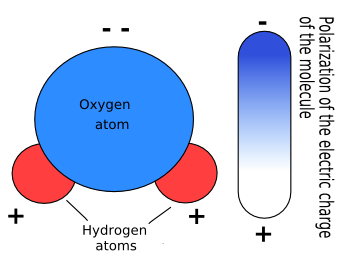Well certainly some liquids will do better than others. The point I was trying to make was that water isn't a "special" liquid the way other people seemed to think it was. Actually if you wanted to optimize that voltage generator, I would imagine that vegetable oil might work best, since it can break up into smaller droplets and would flow more uniformly. I doubt the resistance really matters though - keep in mind that the capacitance of the generator is extremely tiny, meaning that the amount of charge required to reach a high voltage is actually pretty negligible.




 Reply With Quote
Reply With Quote



